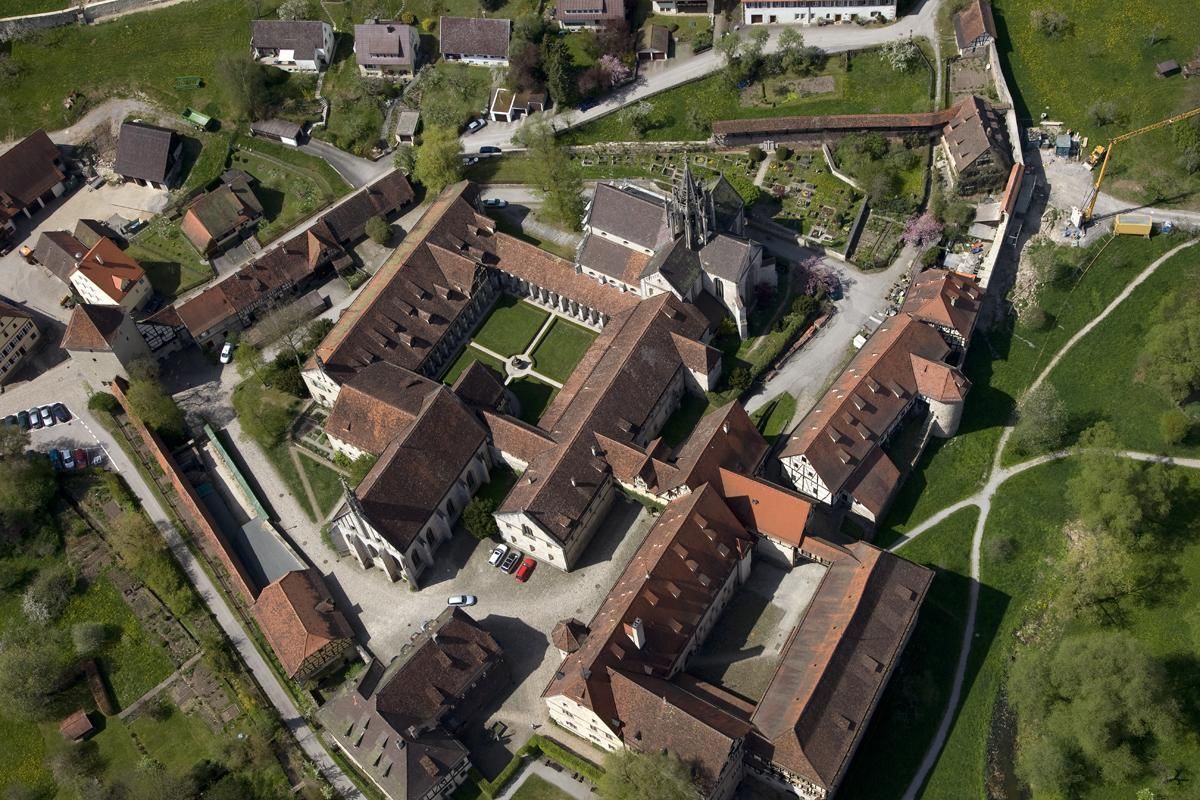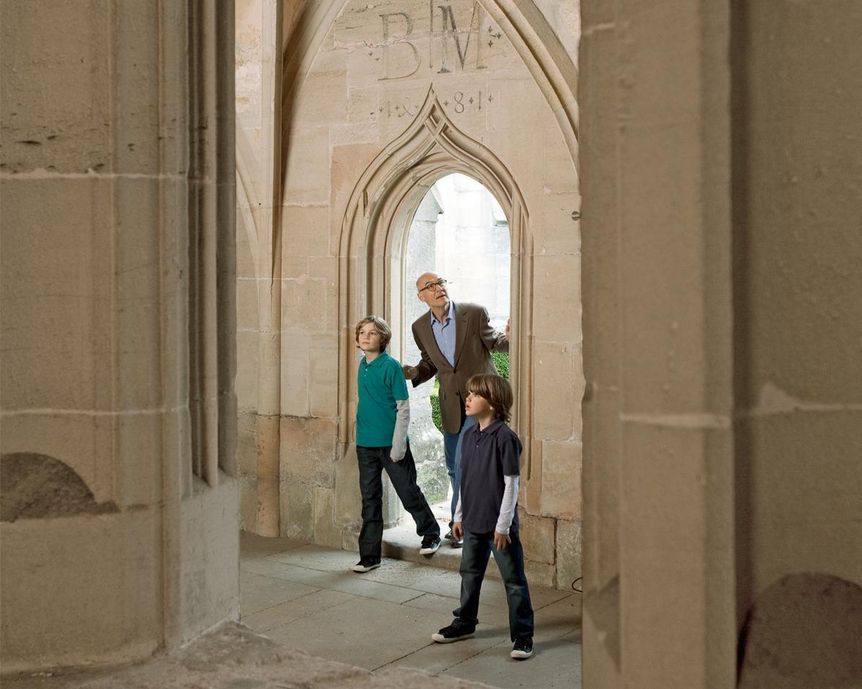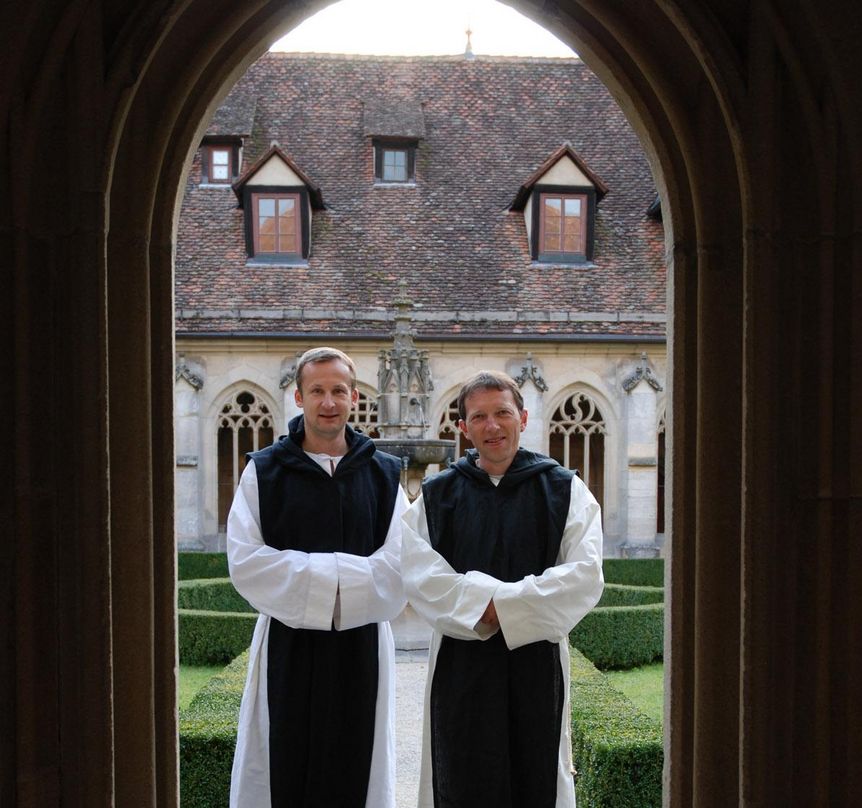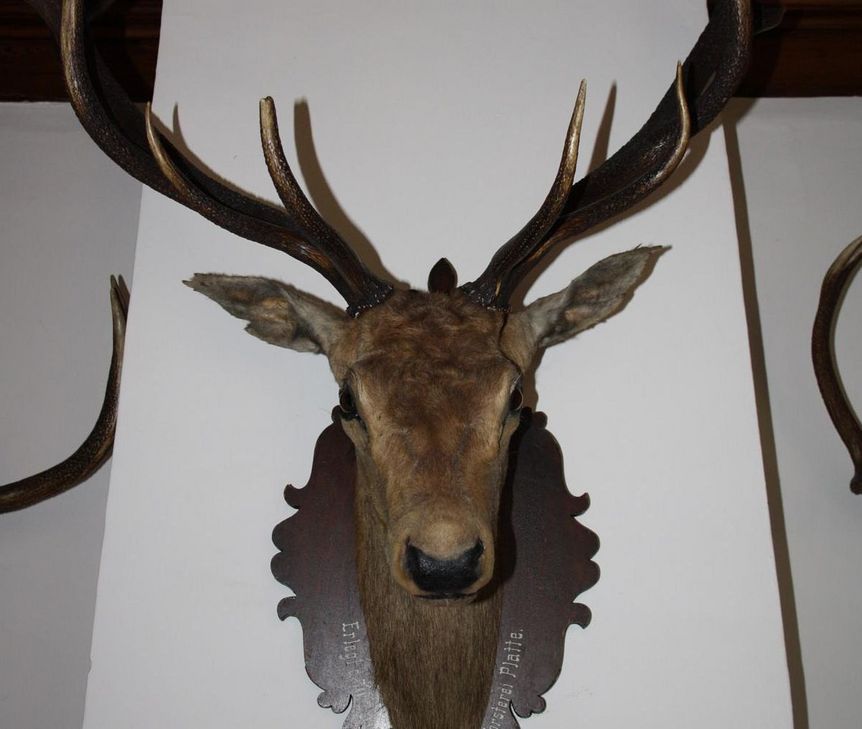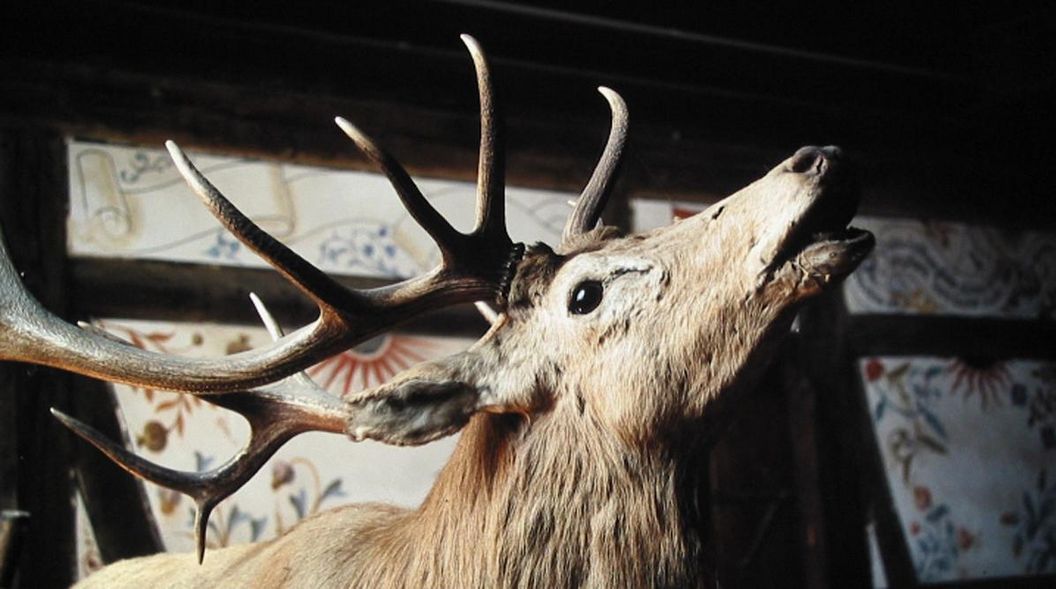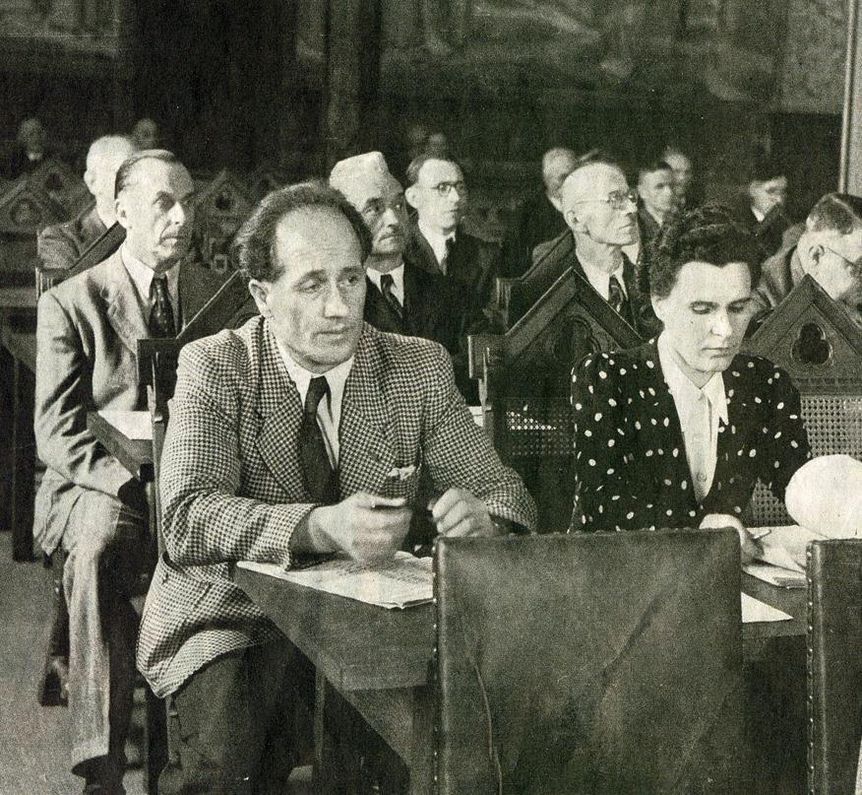Home to Cistercians and kingsThe monastery andthe palace
With an idyllic location in Schönbuch, the medieval monastery of Bebenhausen has been almost completely preserved. In the 18th and 19th century, the rulers of Württemberg turned part of the monastery into a hunting lodge. This is where the last ruling couple lived after the end of the monarchy.



